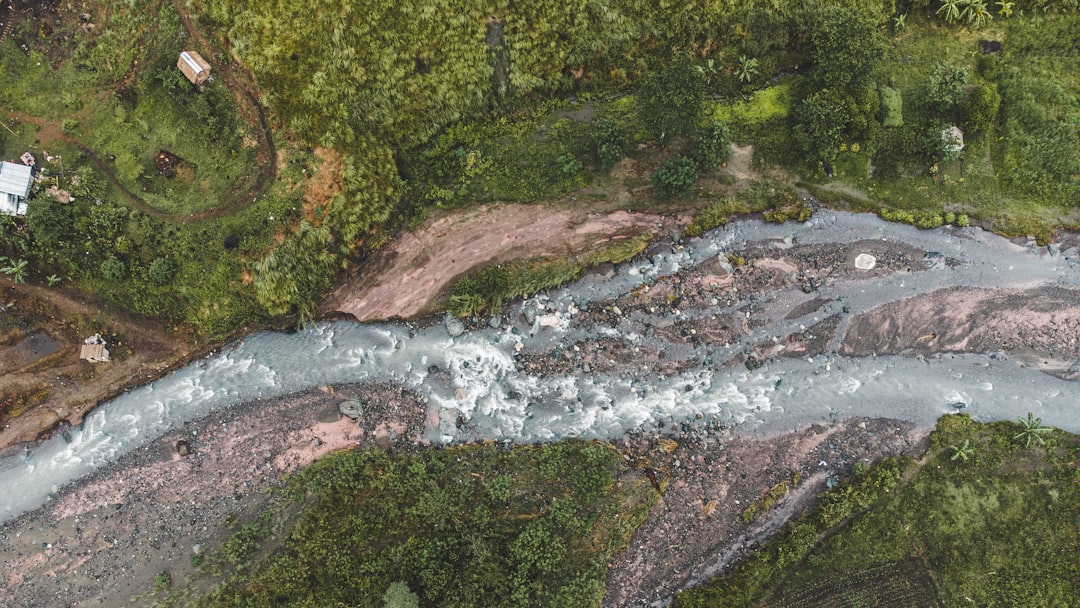What is it about?
Various geological models for how the oceanic crust forms imply that the oceanic crust should contain transitions between different lithologies. E.g., in the classical Penrose model, an upper crust of lavas overlies a sheeted dyke complex, which overlies a layer of gabbros, which in turn overlies mantle rocks. Dive campaigns have attempted to study this sequence by making geological observations along transects up major fault scarps, where the sequence is anticipated to be exposed. In this study, the lithologies observed in a variety of submersible dives, mainly on the Mid-Atlantic Ridge, were classified into basalts (lavas), dykes, gabbros and serpentinites (altered mantle rocks). Transition probability tables developed from these data revealed that the sequences are not significantly different from random distributions, i.e., there is no particular order to the lithologies on slopes. A further study of co-occurrences of lithologies in rock dredges also found little organisation. There are several possible explanations for this lack of structure. The intrusion process does not obviously lead to simple transitions between lithologies (the Penrose model is, after all, a simplification). Breccias containing serpentinite found in some DSDP cores imply that some redistribution and mixing of rocks occurs by slope failure.
Featured Image

Photo by Alexas_Fotos on Unsplash
Why is it important?
Submersible dives have produced many valuable observations of oceanic crust and mantle rocks. The challenge is how to systematically represent those observations in numerical ways that allow ideas to be tested formally. The study presented here will hopefully be useful for prompting that consideration.
Read the Original
This page is a summary of: Random sequences of lithologies exposed on the Mid-Atlantic Ridge, Journal of Geophysical Research Atmospheres, November 2001, American Geophysical Union (AGU),
DOI: 10.1029/2001jb000241.
You can read the full text:
Contributors
The following have contributed to this page










